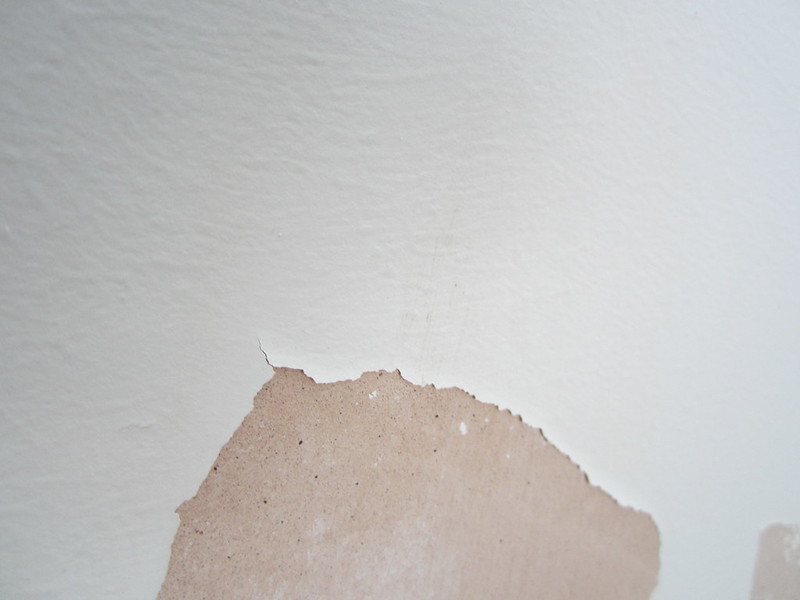Thanks for the reply Steve.
It's probably 1930's, old style metal patio door, back to bare brick.
How did you remove the paper - steam strippers if used heavily do put a lot of water into a wall and could well be the cause of your plaster coming off. I use a garden spray filled with warm water and some fabric conditioner as this means less water is needed after giving the paper a scratch over with one of these -
https://www.amazon.co.uk/Zinsser-Tr...coding=UTF8&psc=1&refRID=SNZJ1Z08CZKQRECCZPDB
The key to stripping paper is leaving it to soak - spray the walls, drink tea and complete the crossword. Spray again, then drink more tea. Once the paper is properly soaked it usually just peels off, no sweat and no problem.
OK, next question - why are you getting condensation - is this a new thing ? A 1930's house might mean solid walls, so no insulation - you may be eligible for a grant if your area still give them out. Both internal and external insulation will make a massive difference to a cold house and your bills.
Houses need to breath, and double glazing cuts down drafts, meaning the moisture we breathe out (plus drying clothes etc) gets trapped and when warm wet air hits a cold surface you get condensation. Usually in corners, behind furniture etc.
Try opening the windows for 10 minutes in the morning to clear out the stale and damp air - this might help. A dehumidifier (mine cost about £120 I think) will suck up an amazing amount to water - mine took 5 litres a day when I first got it !
There are so many possible causes that it isn't easy to give any definitive answers, but ventilation is key to a dry house.
As for the plaster coming off - like foggy4ever says, try tapping the walls at various places to see if it sounds hollow - if so then it is becoming 'live' - ie detaching itself from the walls. Not a good thing although nothing to panic about as its unlikely to need urgent fixing. As above, lots of causes and solutions, not easy to advise without seeing the house.
I cover a few trades but am mainly a decorator and come across this sort of thing fairly often - it is usually patched up and left for the next owner, but I've been back to houses I've patched up 15 years on and they still look fine.
Plaster can detatch from the brick walls when old, the hollow sound shows this.
This usually happens in older houses than '30's - it more likely in Victorian houses. Why did you need to get yours replastered, and did they take it back to brick, or was it just skimmed over ?
Hope this is of some help - sorry it is a bit disorganized - I'm trying to do 3 things at once, and we men can't multitask I gather..


 IMG_1060
IMG_1060 IMG_1054
IMG_1054